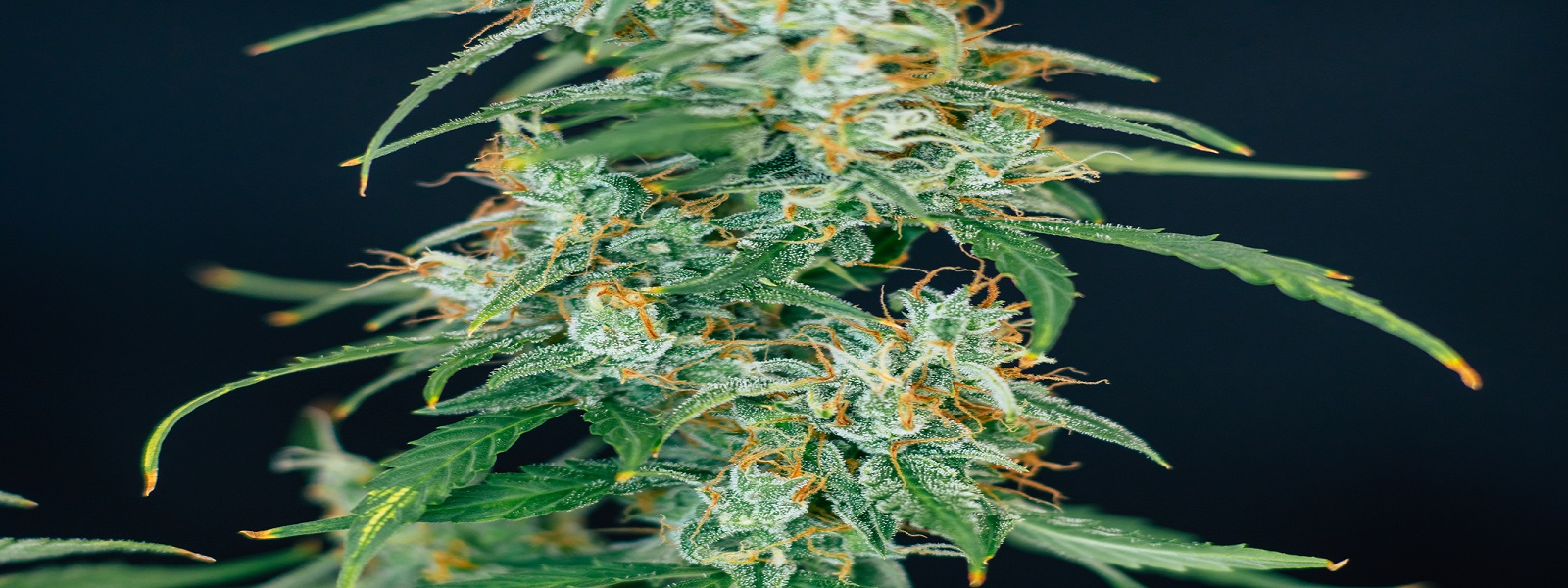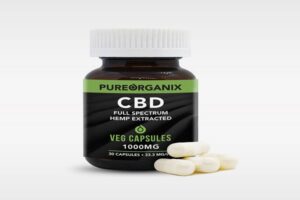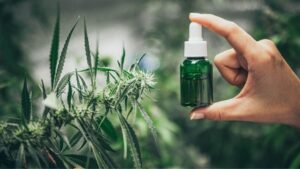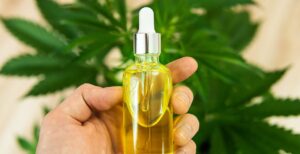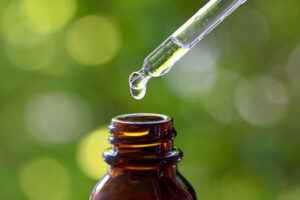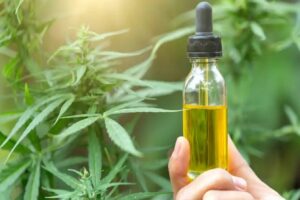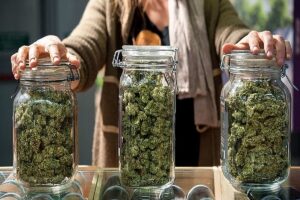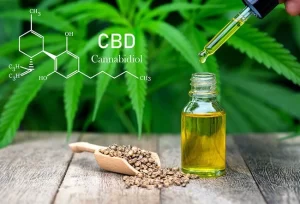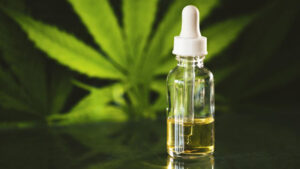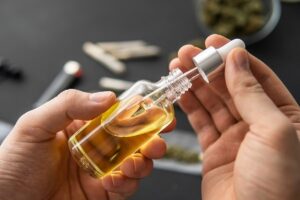Mold on Cannabis Plants: Identification, Prevention, and Removal
Growing cannabis plants can be a rewarding and therapeutic experience, but it comes with its own set of challenges, one of which is coping with mold. Mold on cannabis plants may result in reduced yields, poor quality buds, and health and wellness risks if consumed. In this article, we will discover the methods to safely remove mold from your weed plant to ensure a healthy and thriving crop.
Identify the Mold
The primary step in addressing mold on cannabis plants is to accurately identify it. Mold can show up in numerous types, including white-colored, gray, eco-friendly, or even black spots. It normally grows in moist and humid conditions, making it essential to check your plants routinely, especially in areas with inconsistent weather.
Isolate the Affected Plants
Once you’ve determined mold on weed plant, it is necessary to separate the affected plant promptly. Mold can spread out quickly, so separation will aid the complication and prevent it from affecting healthy plants.
Get rid of and Take Care Of Affected Areas
Properly remove the portion of the plant that is affected by mold. Use clean, sterilized scissors or even trimming shears to prevent further contaminants. Be sure to dispose of the removed sections away from your garden to prevent spreading spores.
Enhance Ventilation
Proper airflow is essential in avoiding mold development. Ensure your expanding place has enough ventilation to keep moisture levels in check. Use fans or an exhaust system to maintain a consistent airflow around your plant.
Change Humidity Level
Mold thrives in highly humid environments. To deal with mold, monitor and control the humidity in your growing area. Ideally, always keep the humidity level between 40% and 50% throughout the flowering stage when the risk of mold is best.
Monitor Temperature
Preserving an ideal temp is important for mold deterrence. Cannabis plants flourish at temps between 70 ° F to 85 ° F (21 ° C to 29 ° C). Avoid harsh temperature changes and cold breezes, as they may promote mold growth.
Use Preventative Measures
Aside from the actions pointed out above, look at using preventative actions to keep mold away. These might include applying beneficial bacteria or fungi to the soil to cope with damaging mold, using natural fungicides, and regularly checking your plants for any signs of mold or mildew. powdery mildew on cannabis plant.
Be Cautious with Chemicals
If you opt to use chemicals to deal with mold, practice with care. Several chemical pesticides and fungicides can leave deposits on your plants, making them hazardous for consumption. Always adhere to the supplier’s instructions and consider using natural and safe alternatives whenever possible.
Conclusion
Mold on marijuana plants can be a frustrating and potentially harmful issue for growers. However, with proper prevention and early intervention, you may efficiently remove mold from your weed plant and preserve a healthy and balanced plant. Normal surveillance, good ventilation, and hygiene are essential to stop mold and ensure effective harvesting. Remember that the safety of your cannabis for usage is vital, thus consistently take essential preventative measures and avoid using harmful chemicals whenever achievable. Mold on Weed – Empowering cannabis growers to produce top-quality, mold-free buds. We’re dedicated to your bud’s top quality, free from any microbial intruders. Discover the signs of mold on weed plants. Learn prevention techniques and treatments for healthy weed plants. Protect your harvest now. Visit our website today!
